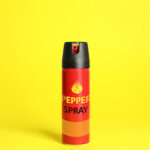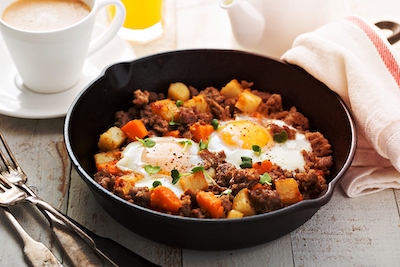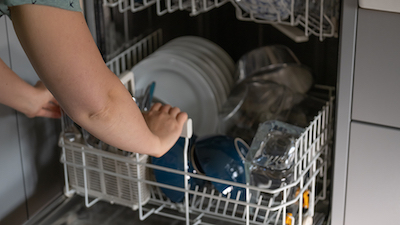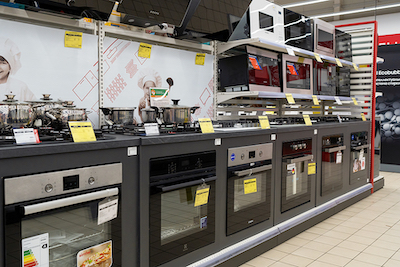The modern kitchen offers a wide array of cookware options, making it difficult for home cooks and professional chefs alike to decide which type is best for their needs. Two of the most popular materials for cookware are cast iron and stainless steel. Each offers unique advantages and disadvantages, making them suitable for different tasks and cooking styles. This article will provide a comprehensive comparison of cast iron and stainless steel cookware to help you make an informed decision.
Cast Iron Cookware
A time-tested classic, cast iron cookware has been a staple in kitchens for centuries. This heavy, durable material offers a number of advantages, but also requires specific care and maintenance.
- Heat Retention and Distribution
Cast iron is known for its excellent heat retention, which means it can maintain a consistent temperature over an extended period. This makes it ideal for slow cooking, braising, and baking. Additionally, cast iron distributes heat evenly across its surface, ensuring that food cooks uniformly and reducing the chance of hot spots.
- Natural Non-Stick Surface
With proper seasoning and care, cast iron cookware develops a natural non-stick surface that can rival even the most advanced modern non-stick coatings. This quality makes it suitable for frying, searing, and sautéing.
- Versatility
Cast iron cookware is incredibly versatile, as it can be used on stovetops, in ovens, and even on grills. This allows you to transition seamlessly from stovetop to oven for dishes that require both methods of cooking.
- Longevity
With proper care, cast iron cookware can last for generations, making it a cost-effective investment. Its durability is due in part to its thick, solid construction, which is less prone to damage from dents or warping.
However, cast iron cookware does have some drawbacks:
- Weight
Cast iron is quite heavy, making it more challenging to maneuver, especially when filled with food. This can be a disadvantage for those with limited mobility or strength.
- Maintenance
Cast iron cookware requires regular seasoning to maintain its non-stick surface and prevent rusting. This process involves coating the surface with oil and heating it to high temperatures. Additionally, cast iron should be washed carefully, avoiding harsh detergents and prolonged exposure to water to prevent damage.
- Reactivity
Cast iron can react with acidic foods, such as tomatoes or wine, which can alter the flavor of the dish and damage the pan’s seasoning. To avoid this, use enameled cast iron cookware, which has a protective coating that prevents reactivity.
Stainless Steel Cookware
A popular choice for modern kitchens, stainless steel cookware is sleek, durable, and easy to maintain. Here are the key advantages of stainless steel cookware:
- Durability
Stainless steel is a tough, long-lasting material that resists scratches, dents, and warping. This ensures that your cookware will maintain its appearance and functionality for years to come.
- Non-Reactive
Unlike cast iron, stainless steel is non-reactive, which means it won’t alter the taste of acidic or alkaline foods. This makes it suitable for cooking a wide range of dishes, from tomato sauces to vinegar-based marinades.
- Easy Maintenance
Stainless steel cookware is relatively low-maintenance compared to cast iron. It doesn’t require seasoning and can be cleaned using standard dishwashing detergents. It is also dishwasher safe, making cleanup a breeze.
- Aesthetic Appeal
Stainless steel cookware boasts a modern, polished appearance that many home cooks and professional chefs find appealing. Its sleek design can complement a variety of kitchen styles and décor.
Despite its advantages, stainless steel cookware has some disadvantages:
- Heat Distribution and Retention
Stainless steel is not the best conductor of heat, which can lead to uneven cooking and hot spots. To combat this issue, many stainless steel cookware pieces feature an aluminum or copper core to improve heat distribution. However, this can increase the cost of the cookware.
- Lack of Non-Stick Surface
Stainless steel cookware does not have a natural non-stick surface, which can make it more challenging to cook certain foods without sticking. To avoid this issue, you may need to use more oil or butter while cooking or invest in cookware with a non-stick coating.
- Cost
High-quality stainless steel cookware can be expensive, particularly when it features an aluminum or copper core for better heat distribution. While its durability may justify the investment, the initial cost can be prohibitive for some.
Cast Iron vs Stainless Steel Cookware: Which Is Right for You?
When deciding between cast iron and stainless steel cookware, consider the following factors:
- Cooking Preferences
If you often cook slow-simmered dishes, bake, or sear meats, cast iron may be a better choice due to its heat retention and natural non-stick surface. On the other hand, if you frequently prepare acidic dishes or prioritize easy maintenance, stainless steel might be more suitable.
- Budget
Consider your budget when making your decision. While both materials offer long-lasting options, cast iron cookware is generally more affordable than high-quality stainless steel cookware with an aluminum or copper core.
- Maintenance Requirements
Are you willing to put in the effort to maintain cast iron cookware, including regular seasoning and careful cleaning? If not, stainless steel may be a more convenient option due to its low-maintenance nature.
- Weight
If you have limited mobility or strength, the weight of cast iron cookware may be a concern. Stainless steel cookware is generally lighter and easier to maneuver.
Both cast iron and stainless steel cookware offer distinct advantages and disadvantages. Cast iron excels in heat retention and distribution, has a natural non-stick surface, and boasts versatility and longevity. However, it is heavy and requires regular maintenance to prevent rusting and maintain its non-stick properties. Stainless steel cookware is durable, non-reactive, easy to maintain, and has a modern appearance. Its downsides include potentially uneven heat distribution, a lack of non-stick surface, and a higher cost.
Ultimately, the choice between cast iron and stainless steel cookware depends on your cooking preferences, budget, and willingness to invest time in maintenance. By considering these factors, you can make an informed decision and equip your kitchen with the cookware that best suits your needs.













